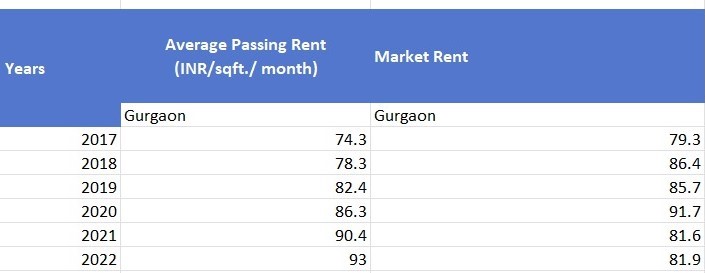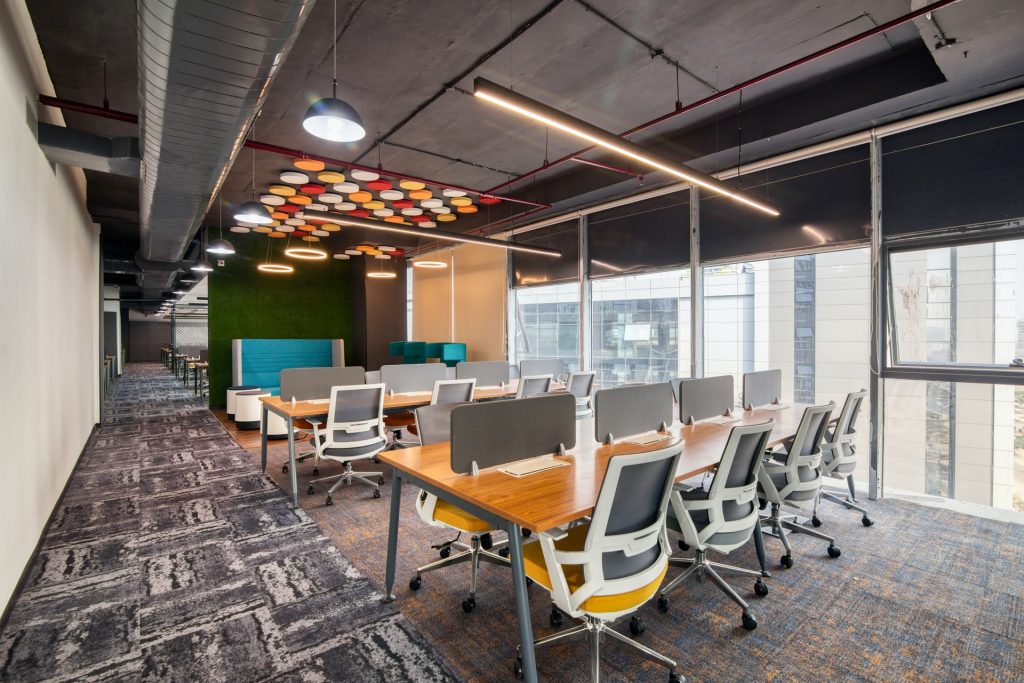Singing a lease is a significant step for any new business owner. Whether you’re inaugurating a store, shifting to new office space, or renting out your facilities, leasing comes into the picture. The universe of commercial real estate India can be complicated, and it can sometimes even take years to find your perfect space.

Once you have found that space, signing the agreement would be the next step before you can move in and focus on running your company. But, like most legal contracts, a business lease is a significant document that needs some research.
Let’s look into the steps that are involved in the leasing process in India:
Lease Selection:
You have to zero in on the commercial property you wish to conduct your business. The leasing process begins when the lessee agrees to enter into a leasing agreement with the lessor. After gathering information and conducting thorough research, the lessee goes to the leasing company or broker (lessor) and a lease contract is roughly negotiated and finalized between them.
Title Ownership Validation:
As a business owner, you need to make sure that you have all the details and the information pertaining to the ownership of the property. This is why access to the title deep is absolutely essential to validate the lease. Check to verify there is no sub-rent of any other form of lease linked to the property before getting into a contract with the landlord of the commercial property.
Income Tax & Mortgage Verification:
It is absolutely recommended to check the income tax background of the landlord to investigate if there are any remaining disputes or illegal proceedings. If there is any ambiguity, you could get into serious trouble later and there will be financial consequences.
Lease Contract:
One of the most significant parts of the leasing process is the lease agreement. Both the lessor and the lessee need to sign a contractual agreement where they list the details, terms, and conditions of the contract. The duration of the lease agreement will be cited. For instance: A typical commercial lease agreement can last from 3 to 5 years. It could either be a full pay-out lease or nominal rentals may have to be paid.
Lease Period:
Generally, the regular lease rental is usually paid by the lessee. While this depends on the agreement, usually the tenant is the one who is entrusted with the responsibility of properly maintaining the commercial space. At the end of the lease period, the lessee has the right to either renew the lease or terminate it. If the property is up for sale, they can even try buying it.
Once you have gone through the leasing process, you can move in as per the commencement date and begin running your business on said property.
If you’re looking for a commercial property to lease, CRE Matrix can help you by offering you an extensive line-up of properties all over India along with their lease data.
For more such exciting analysis and details on real estate, visit CRE Matrix.










